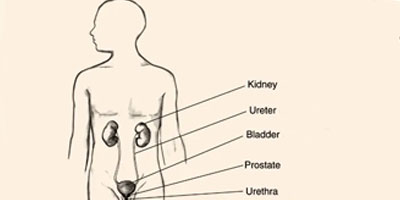10 Of The Most Interesting Facts About Urethra - A Urinary Body Part
Gender Disparity in Urethral Length
Dual & Interesting Role of the Urethra in Females
Mastering Urinary Control
Role of Electric Signals in Smooth Urination
Dangerous Types of Urethral Cancer
The Rarest Form of Urethral Cancer
The Most Common Urethral Disease
The Urethra is Flexible During a Child's Birth
Role of Urethra During Sexual Process
Urethra Saves Women from Bacterial Infections
Did you know the length of urethra significantly varies across genders? Measuring just around 5cm in human females, it runs for the length of 20 cm in males – four times longer!
While females use it just for urination, the job of urethra is twofold in males, i.e. urination as well as ejaculation.
Composed of a striated muscle, it is the external urethral sphincter which brings urination under your voluntary control.
During urination, mechanical force and electrical signalling in the smooth muscle cells of the urethra work in an organized and unitary fashion to expel the urine outside the body.
Dangerous types of urethral cancer may be of 3 different types, such as adenocarcinoma, transitional cell carcinoma, and squamous cell carcinoma.
The rarest form of urethral cancer that can occur in the urethra is more common in females than males. The symptoms include blood in the urine, pain during urination, or a lump in the urethral area.
UD mean Urethral Diverticulum is the most common infection in women. This is a rare condition where a pouch or pocket forms along the urethra and lead to various symptoms. These infection lead to pain and difficulty emptying the bladder.
During childbirth, the female urethra temporarily widens and lengthens to make the passage of the baby's head. Surprisingly, this widening usually returns to normal after delivery.
The urethra is rich in sensory nerve endings. They contribute to sexual pleasure and stimulate the urethral area, especially in women. Although, these nerve receptors enhance the sexual experiences.
The female urethra has its own microbial ecosystem they are beneficial to protect from bacteria in this area. Microbial also helps to maintain a healthy environment and protect against harmful pathogens.
More About Urethra:

What is Urethra
Read More...
Parts of Urethra
Read More...
Functions of Urethra
Read More...


